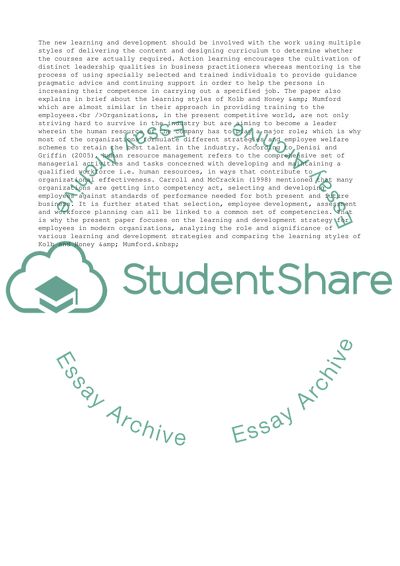Cite this document
(Learning and Development Strategies in Organizations Coursework - 2, n.d.)
Learning and Development Strategies in Organizations Coursework - 2. https://studentshare.org/management/1745794-human-resource-management
Learning and Development Strategies in Organizations Coursework - 2. https://studentshare.org/management/1745794-human-resource-management
(Learning and Development Strategies in Organizations Coursework - 2)
Learning and Development Strategies in Organizations Coursework - 2. https://studentshare.org/management/1745794-human-resource-management.
Learning and Development Strategies in Organizations Coursework - 2. https://studentshare.org/management/1745794-human-resource-management.
“Learning and Development Strategies in Organizations Coursework - 2”. https://studentshare.org/management/1745794-human-resource-management.


